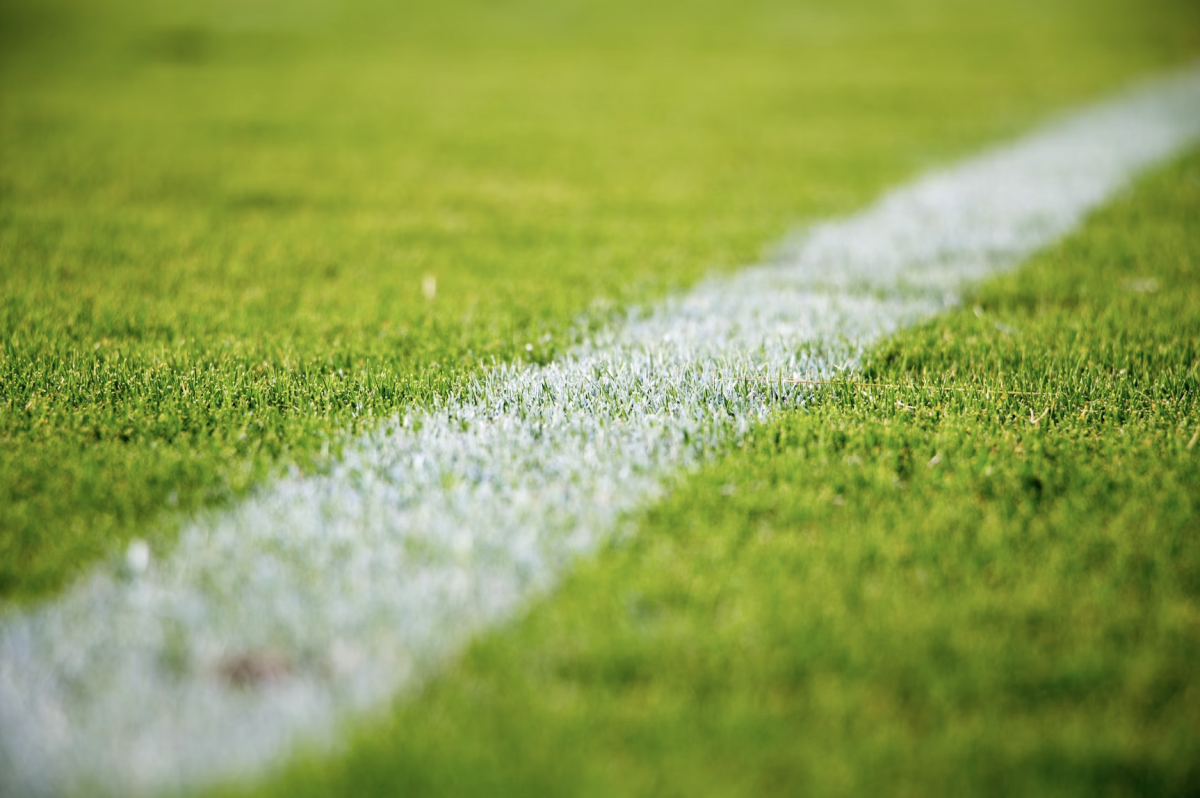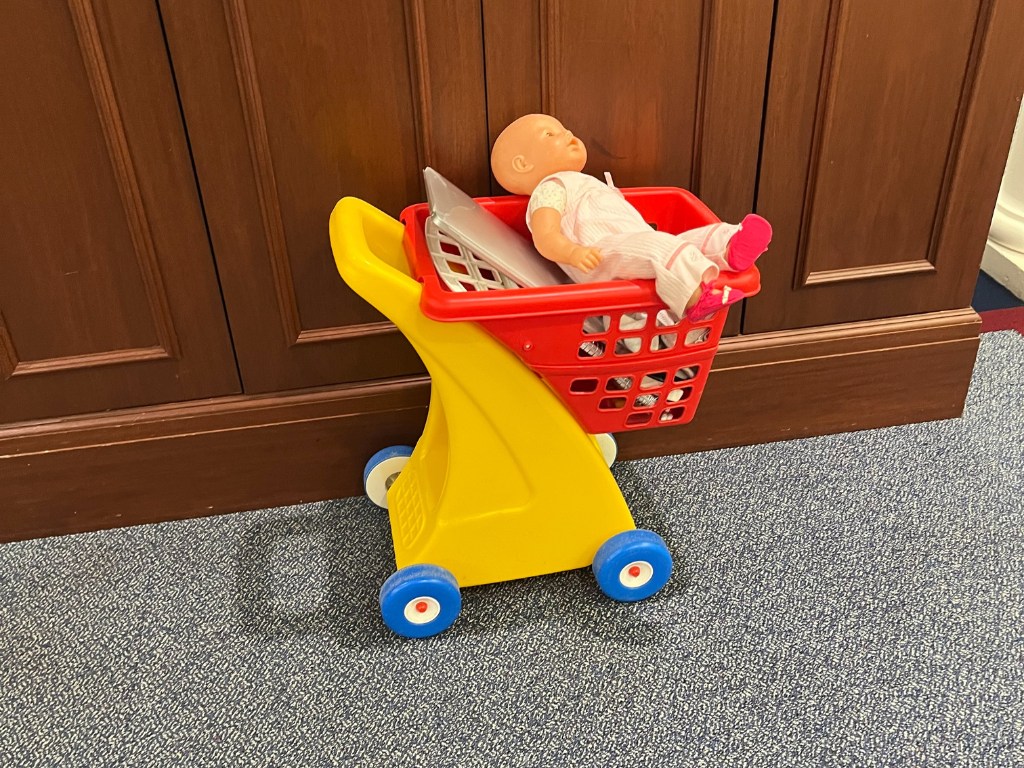Most of us don’t think twice about diving for a soccer ball, taking a fall during a game, or practicing for hours on the turf. It’s just part of being an athlete at Pingree. But what if the very field you’re training on could expose you to harmful chemicals?
PAHs (short for polycyclic aromatic hydrocarbons) are a group of chemicals that could pose real risks to student athletes like us. However, students are still safe, but precautions should be taken.
What Are PAHs, Anyway?
PAHs are chemical compounds made of carbon and hydrogen that can naturally occur in things like coal, oil, and even campfires (ATSDR, 1995). They’re also produced when organic matter, like wood, gas, or even meat on a grill, doesn’t burn completely (Brostrom, 2002). You’ll find them present in air pollution, cigarette smoke, some foods, and turf fields.
Artificial turf fields, especially those made with crumb rubber (recycled tires), often contain PAHs. That means every time you run, slide, or roll across the turf, there’s a chance you’re being exposed (Menichini, 2011).
Why Should You Care?
Studies show that certain PAHs can damage DNA, mess with your cells, and even cause cancers like lung, skin, and bladder cancer after long-term or high-level exposure (CDC, 1995; ATSDR, 1995).
The scary part? You don’t even have to eat or directly touch the turf to be exposed. Breathing in dust kicked up during practice, skin contact, and even accidentally touching your mouth or eyes after playing can let PAHs sneak into your body (Liao et al., 2021).
Because athletes spend so much time in direct contact with turf, our risk is higher than most people’s.
What Our Testing Found
Our group wanted to see if PAHs are really a problem in the fields we play on. We collected turf crumbs from the Wakefield High School turf, Danvers Indoor Sports, and right here at Pingree. After some testing (involving solvents, UVF analyzers, and dilution formulas), we found that there are PAHs present. The data showed irregular patterns, suggesting patches of higher concentrations.
So… Should We Be Concerned?
Not exactly. It’s important to know that right now, there’s not enough evidence to say turf fields should be avoided completely. Sports are still important and a huge part of Pingree’s community, and nobody’s saying you should hang up your cleats.
BUT it’s smart to take easy steps to protect yourself:
- Wash your hands after playing, especially before eating.
- Cover any cuts or scrapes before hitting the field.
- Avoid touching your face during practice or games.
- Change out of turf clothes and shower soon after playing.
Small actions can make a huge difference over time.
The Bigger Picture
PAHs don’t just impact athletes, they harm the environment too. Once in the air and water, they can stick around for a long time, hurting animals and ecosystems (CDC, 1995). That’s even more reason for all of us to be aware and proactive.
At the end of the day, awareness is power. The more we understand about the risks around us, the better we can protect ourselves and the planet, without giving up the sports we love.
Works Cited
ATSDR (Agency for Toxic Substances and Disease Registry). 1995. Toxicological profile for polycyclic aromatic hydrocarbons (PAHs) [Internet]. Atlanta (GA): U.S. Department of Health and Human Services, Public Health Service; [cited 2025 Apr 17]. Available from: https://www.ncbi.nlm.nih.gov/books/NBK218134/
Bostrom CE, Gerde P, Hanberg A, Jernstrom B, Johansson C, Kyrklund T, Rannug A, Tornqvist M, Victorin K, Westerholm R. 2002. Cancer risk assessment, indicators, and guidelines for polycyclic aromatic hydrocarbons in the ambient air. Environ Health Perspect [Internet]. [cited 2025 Apr 17];110(Suppl 3):451–488. Available from: https://www.ncbi.nlm.nih.gov/pmc/articles/PMC3385432/pdf/ehp.1104315.pdf
Centers for Disease Control and Prevention (CDC). 1995. Public Health Statement for Polycyclic Aromatic Hydrocarbons (PAHs) [Internet]. Atlanta (GA): Agency for Toxic Substances and Disease Registry (ATSDR); [cited 2025 Apr 17]. Available from: https://wwwn.cdc.gov/TSP/PHS/PHS.aspx?phsid=120&toxid=25
Liao C, Kim UJ, Kannan K. 2021. Occurrence of polycyclic aromatic hydrocarbons in synthetic turf rubber infill and its implications for human exposure. Sci Total Environ [Internet]. [cited 2025 Apr 17];757:143722. Available from: https://www.sciencedirect.com/science/article/abs/pii/S0048969720360952?via%3Dihub
Menichini E, Abate V, Attias L, De Luca S, di Domenico A, Fochi I, Rotella G, Sfratato A, Silvestroni L. 2011. Release of polycyclic aromatic hydrocarbons and heavy metals from rubber crumb in synthetic turf fields: preliminary assessment for athletes. J Environ Sci Health A Tox Hazard Subst Environ Eng [Internet]. [cited 2025 Apr 17]. Available from: https://www.researchgate.net/publication/275581397
National Institutes of Health (NIH). Manuscript: Exposure and Risk of Polycyclic Aromatic Hydrocarbons in Children Playing on Synthetic Fields [Internet]. [cited 2025 Apr 17]. Available from: file:///Users/elizabethgaffney/Downloads/nihms-1903943%20(1).pdf








